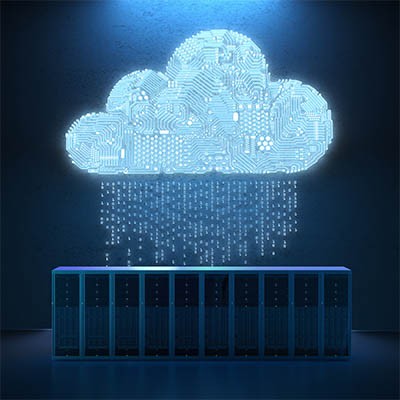Your business relies on technology for access to an IT infrastructure. One such piece of technology that you use on a daily basis, whether you realize it or not, is a server. A company that has a single server might be able to get away with less-than-stellar server management policies, but those that have multiple servers should never be skimping on the environment in which their servers live.
k_Street Consulting, LLC Blog
Servers are the brains of your business insofar that’s where most of the critical information is stored, and a server failure (with no contingency plan in place) could spell the end-times for your business. With that information, you should be looking for the most reliable option that works for you. Today, we’re going to look at the differences between using hosted servers vs. paying for your own in-house server.
There are various types of user accounts that your employees and administrators can use to access their workstations, but one of the biggest points of contention to consider when planning out data access is the use of administrator accounts. Specifically, you want to avoid handing out administrator account access to users like it’s Halloween candy.
You don’t need us to tell you that servers, workstations, and many other network components create a lot of heat from constant use. Servers in particular produce an incredible amount of heat, so much that they need to be kept in a climate-controlled room to ensure they don’t overheat and cause hardware failure. How can you make sure that your business’ servers are in an adequate environment to preserve your organization’s future?
The benefits of the cloud are almost too numerable to count, but you shouldn’t let this dissuade you from other possibilities. After all, what works for one business may not work for another. For organizations that don’t find the cloud to be the best method of data distribution, an in-house infrastructure is absolutely critical. How can you determine which of these solutions is ideal for your business?






